China's Mars Potato Farming Simulation Reaches New Milestones
In a remote desert facility that mirrors the harsh conditions of the Red Planet, Chinese scientists are quietly rewriting the playbook for extraterrestrial agriculture. The China National Space Administration's (CNSA) experimental Mars simulation base in Qinghai Province has successfully completed its third harvest of potatoes grown under simulated Martian conditions, marking a significant leap forward in closed-loop life support systems for future colonies.
The sprawling 32-acre complex, known officially as the Mars-1 Simulation Base, contains pressurized greenhouse modules where researchers have been testing dozens of crop varieties since 2020. What began as theoretical research has evolved into tangible results, with the latest potato harvest yielding 38% more biomass than initial projections. "We've moved beyond proof-of-concept into optimization phase," says Dr. Lin Wei, lead agronomist for the project. "These aren't just plants surviving - they're thriving under constraints that would kill conventional crops."
Engineering an Alien Ecosystem
Unlike Earth-based vertical farms, the Mars-1 modules replicate three critical Martian challenges: atmospheric pressure at just 1% of Earth's, temperatures averaging -60°C, and soil composition matching chemical analyses from NASA's Curiosity rover. The breakthrough came through a proprietary soil regeneration technique combining crushed basalt, recycled astronaut waste, and engineered bacteria that fix nitrogen directly from the thin atmosphere.
Water management presents another frontier. The facility's condensation walls recover 92% of transpired moisture, while novel root hydration systems deliver water droplets at precise intervals to prevent freezing in the sub-zero environment. "We're essentially teaching plants to drink in slow motion," explains hydroponics specialist Dr. Zhang Li. "On Mars, every milliliter must be accounted for across years-long missions."
Beyond Survival Crops
While potatoes remain the staple - chosen for their caloric density and familiarity to astronauts - the project has expanded to include thirty-seven plant species. Quinoa, lab-modified dwarf wheat, and a protein-rich strain of spirulina algae show particular promise. Perhaps most surprising is the success with certain medicinal plants; a compact variety of Artemisia annua (used in malaria treatment) recently completed its growth cycle under full simulation parameters.
Psychological factors are being studied alongside agricultural ones. The base's six "crew members" living in adjacent habitats report measurable mood improvements when tending plants, validating NASA research about greenery's importance in confined spaces. "There's profound comfort in watching something grow when you're surrounded by infinite barrenness," notes psychologist Dr. Emma Zhao, analyzing crew biometrics.
The Politics of Space Farming
China's progress hasn't gone unnoticed internationally. The European Space Agency recently proposed knowledge-sharing agreements, while private entities like SpaceX have reportedly sent observers to Qinghai. This quiet cooperation contrasts with the competitive rhetoric surrounding lunar bases and Mars landing timelines. "Food security transcends geopolitics," asserts CNSA spokesperson Ming Chao. "Whoever solves these problems benefits all future spacefarers."
Critics argue the simulations still don't account for cosmic radiation or Martian dust storms that could smother solar panels. The CNSA team acknowledges these gaps but points to parallel research in radiation-shielding nanomaterials and underground farming concepts. "We're building blocks of knowledge," says project director Professor Wu Xiang. "First you learn to grow dinner, then you worry about eating it during a solar flare."
From Lab to Launchpad
The most immediate application may be closer to home. Techniques developed at Mars-1 are already being adapted for use in China's arid western regions, where desert agriculture could alleviate food insecurity. A pilot farm near Turpan employs the same water-reclamation systems, yielding potatoes from sands previously considered unfarmable.
Looking ahead, the team plans to integrate their greenhouse modules with life support systems in the under-construction Tiangong space station. A scaled-down version will launch in 2025 to test orbital farming dynamics. Meanwhile, blueprints for a larger Martian agricultural unit are being drafted, potentially hitching a ride on China's planned 2033 crewed Mars mission.
As the sun sets over the Qinghai facility's geodesic domes, the faint glow of grow lights paints the desert purple - an artificial aurora signaling humanity's stubborn determination to carry life beyond its cradle. The humble potato, survivor of Andean frosts and Irish famines, may yet become the first immigrant crop on an alien world.
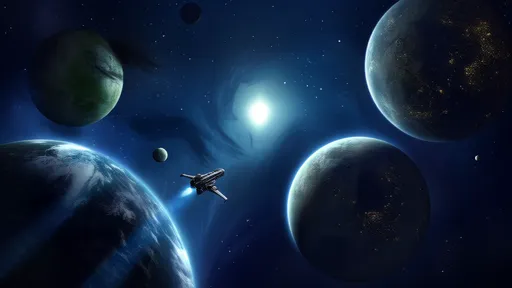
By /Jun 7, 2025
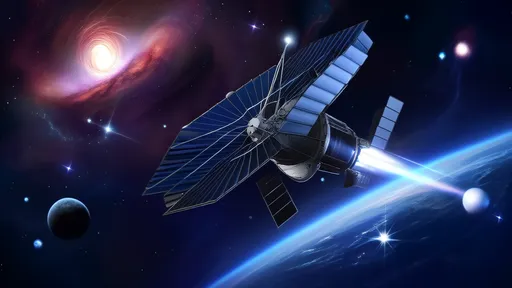
By /Jun 7, 2025

By /Jun 7, 2025
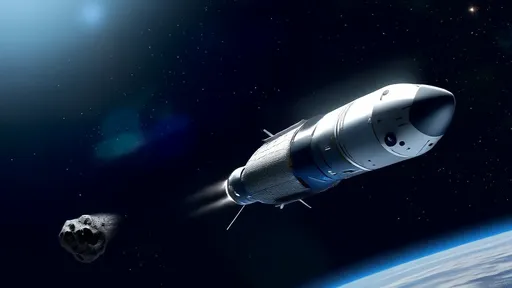
By /Jun 7, 2025

By /Jun 7, 2025
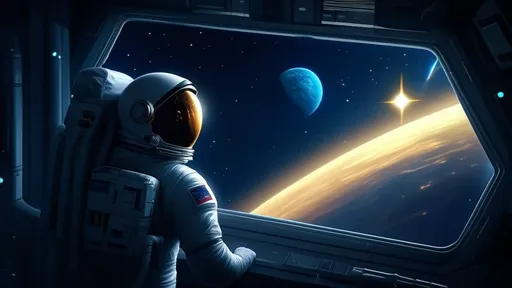
By /Jun 7, 2025
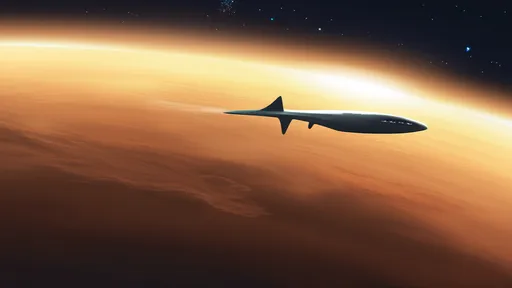
By /Jun 7, 2025
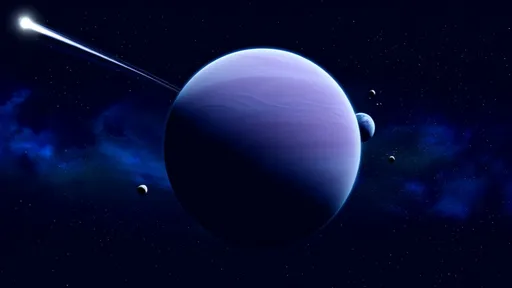
By /Jun 7, 2025
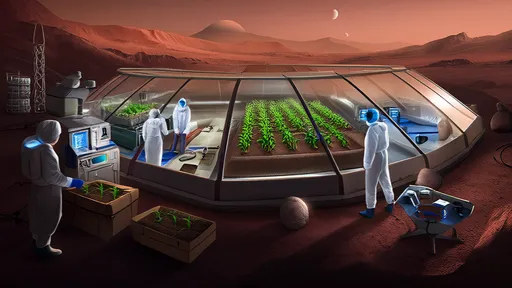
By /Jun 7, 2025

By /Jun 7, 2025

By /Jun 7, 2025

By /Jun 7, 2025
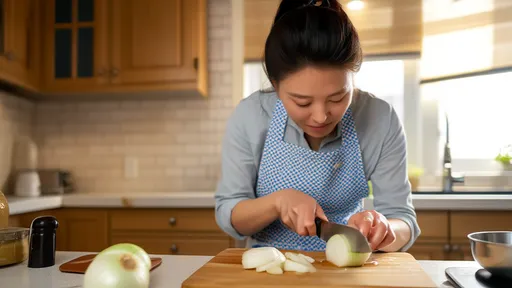
By /Jun 7, 2025

By /Jun 7, 2025

By /Jun 7, 2025
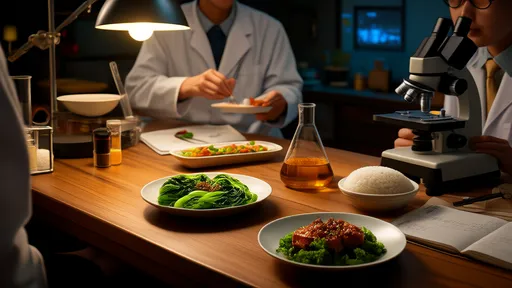
By /Jun 7, 2025

By /Jun 7, 2025
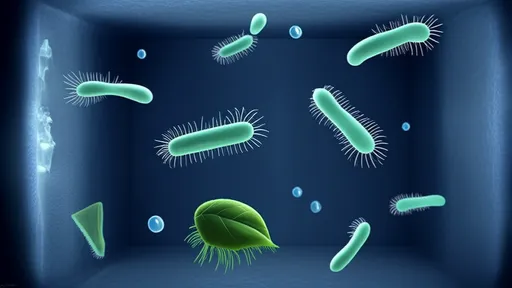
By /Jun 7, 2025
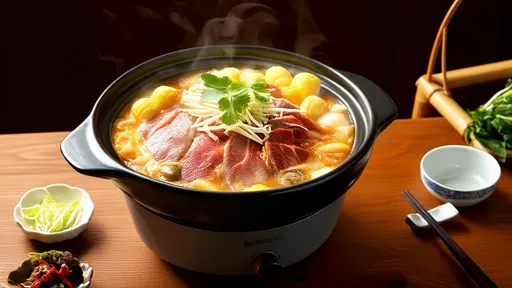
By /Jun 7, 2025
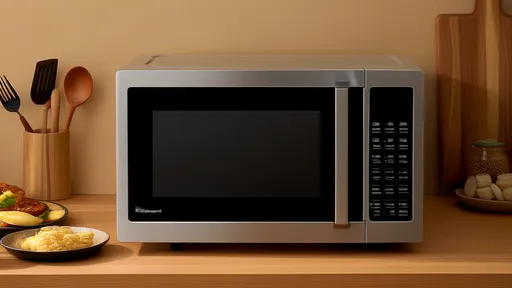
By /Jun 7, 2025